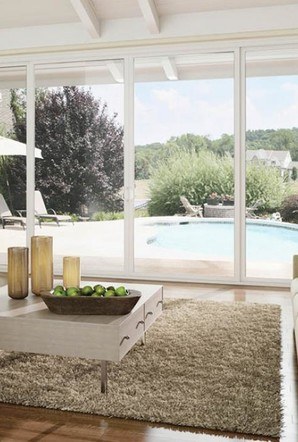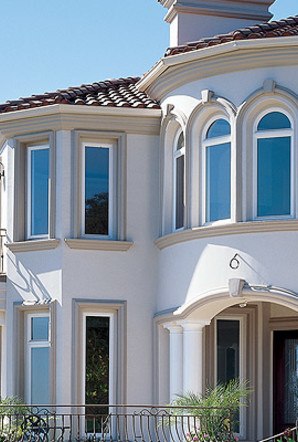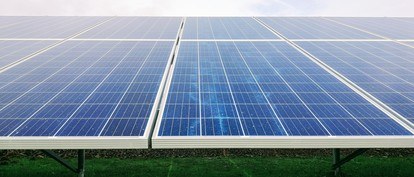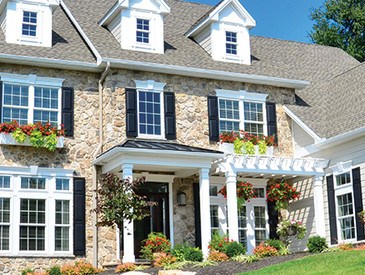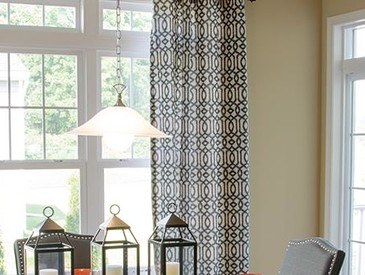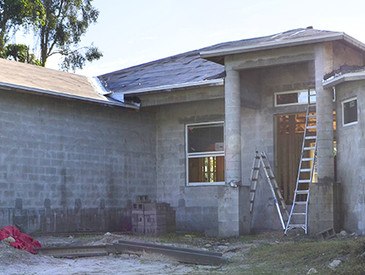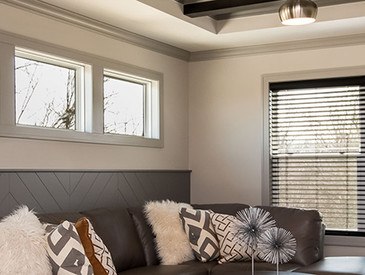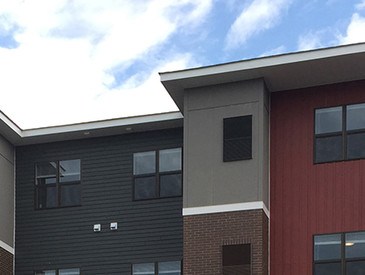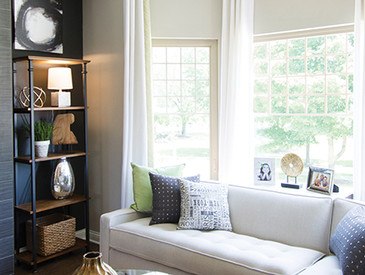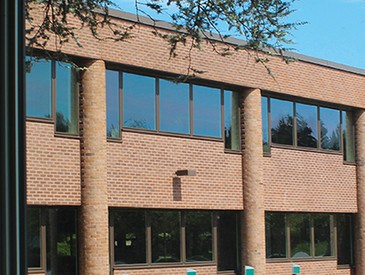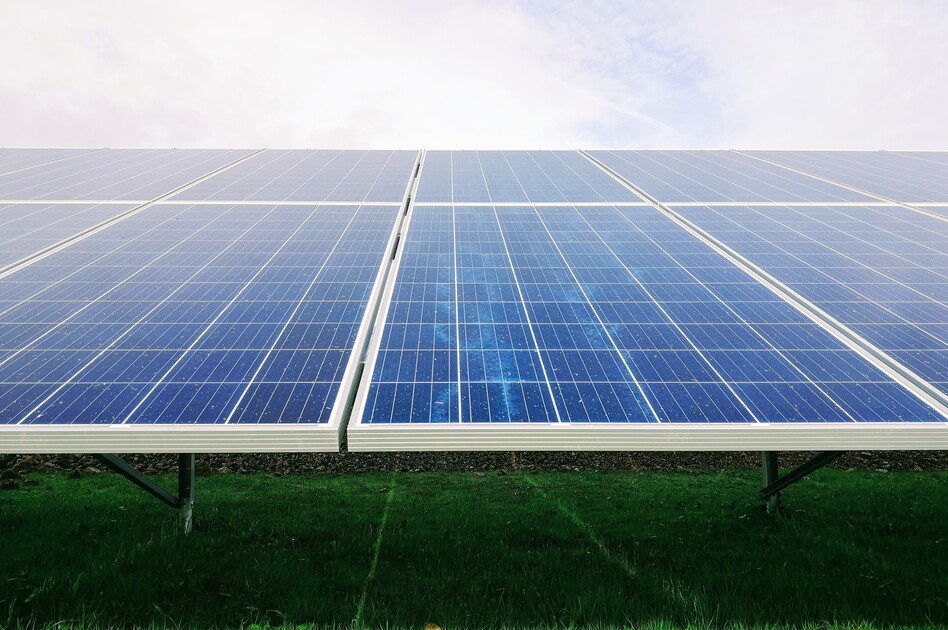
Photo by Mariana Proença on Unsplash
Architect Jason F. McLennan was quickly moving up the ranks in his field in the early years of the 21st century when an epiphany struck him. It was a thought that would alter his career’s trajectory, causing him to quit his job as the youngest partner at a prominent Midwestern firm and move to the Pacific Northwest – young family in tow – for a chance to possibly revolutionize the building industry. Yes, it was a leap of faith to some degree, but one McLennan felt he had to take since he couldn’t get a certain question out of his mind.
“How do we produce buildings that are not less bad for the environment,” he recalls years later during a speaking engagement, “but are good for the environment?”
And thus the Living Building Challenge was born, an exacting certification standard for the architectural and engineering industries. Not meant as a rebuke to the more commonly used LEED and Passive House standards, the LBC was created as the next logical step in the quest for green building.
McLennan, a Canadian by birth who’s lived in America for most of his adult life, used flowers as his inspiration in designing the LBC. Since flowers get their water from clouds and their energy from the sun, he believed that we could rethink design so that our buildings mimic flowers. In other words, they would thrive using only what the earth provides.
Although plenty of people thought the LBC was too extreme in its goals, McLennan and his team at the Cascadia Green Building Council kept at it. In 2010, just four years after McLennan made his fateful decision to head west, the LBC certified its first buildings. True to the LBC’s belief that all kinds of buildings can achieve the designation, the initial three recipients represented a wide range of edifices: a commercial mixed-use center in upstate New York, a research facility in Missouri, and a private home in British Columbia.
From that start, the LBC has continued to make strides. There are now hundreds of LBC-certified buildings around the world, mostly in North America, and they comprise millions of square feet of space. Those numbers are even more impressive considering that buildings must meet LBC guidelines for “12 months of continuous occupancy” in order to be certified.
“LBC set this very, very high bar,” says Eric Corey Freed, a Portland architect who formerly served as vice president with the LBC’s parent organization, the International Living Future Institute. “It was so high that it was some years before a building came along that could achieve it. It was done to change the dialogue in the building industry. To that end, it’s been incredibly successful.”
Petals
As noted above, McLennan believes strongly in the flower metaphor. (In his 2015 TEDx Talk, seen more than 40,000 times on YouTube, he even brings a flower onto the stage with him.) Consequently, when it came time to come up with the various criteria for becoming LBC certified, the team at the Future Institute decided to use the term “petals” when discussing performance areas of a structure. In all, there are seven petals: Place, Water, Energy, Health & Happiness, Materials, Equity, and Beauty. There are also subcategories within each petal.
The emphasis on place refers to the land and area selected for the build site. Designers seeking LBC status need to consider how the site fits into the surrounding ecosystem. Thus, the structure must not be built near an old-growth forest, wetlands, or the like. The building’s relationship to the surrounding human environment must also be taken into consideration. For example, a potential LBC building cannot contribute to urban sprawl.
The petals on water and energy pertain principally to drinking water and solar energy, respectively. These performance areas are arguably the most essential to the LBC framework, as they prioritize the use of naturally occurring power provided by the environment.
Then there’s the petal for health & happiness. This performance area is essentially about the importance of air quality. That’s why the Future Institute maintains the importance of windows in allowing light and air into the space. Moreover, in keeping with the emphasis on clean air, the project should have appropriate exhaust systems for the space.
According to Freed, the latest research has reaffirmed what a boon fresh air is to our health, both mentally and physically.
“It turns out that we know so much more about air quality than we did a decade ago,” he says. “We now know that CO2 can contribute to feelings of fatigue in office buildings and schools. A window is the cheapest way to solve that. You open a window, flush out the CO2, and everyone perks up again. Now you have improving test scores and improving employee productivity.”
Perhaps the most exciting performance area that the LBC employs is the one for materials, because there are endless possibilities in today’s environment. Gone are the days when stone, brick, concrete, and the like were the only options. Now, builders are using natural wood, cork, bamboo, and similar components to create sustainable buildings.
Finally, there’s the last two petals, equity and beauty. It can be reasonably said that these are the hardest to define. However, to put it simply, the equity petal was added by the Future Institute to further its goal of producing buildings and communities that are open to everyone, buildings that stress neighborhood and the greater good. Similarly, the beauty petal was created to assert the need for structures that are aesthetically pleasing. This performance area emphasizes the notion that human dwellings – whatever their purpose – must be more than just utilitarian structures. They should celebrate public art and human creativity.
“It’s a very elegant standard,” Freed says. “There is a bit of poetry in it.”
Routes to certification
Once the designers of a building have decided that they want to strive for LBC status, they need to choose one of three avenues for doing so: Zero Energy Certification, Petal Certification, and Living Building Certification.
The most common path is zero energy, which means that the building produces at least as much energy as it takes in. This can be achieved in numerous ways, such as the use of recycled rainwater, composting toilets, solar panels, wind turbines, daylighting (i.e., eschewing electrical light for natural light whenever possible), etc. Many of the buildings on the LBC registry are in fact energy positive, which means that they produce more energy than they use. But again, to be called zero energy, a building’s energy use only has to be neutral.
“We require net zero energy for all buildings,” McLennan said in a 2010 interview with the website grist.org, “which is not a small thing to achieve.”
For those projects that want to attain LBC status by focusing on the performance areas, there is petal certification. On this pathway, the architects or engineers ensure that their project completely fulfills at least three of the seven petals, including all of that petal’s subcategories. In addition, of those three petals, at least one has to come from the energy, water, or materials categories. (This is another area where quality fenestration products come in, as windows fall into the energy petal in addition to the health & happiness classification. By utilizing windows that feature low-E coating and have an energy-blocking gas like argon or krypton between the panes, designers can limit a building’s energy loss.)
Both net energy and petal certifications can be challenges to attain, of course. Nevertheless, the most demanding avenue to LBC certification is to become a “Living Building.” Simply put, projects that enact every possible measure of the Living Building Challenge’s agenda can be called living buildings. Because this pathway is so exacting, architects, engineers, builders, and others who embark upon it must be prepared for a rigorous process.
Famous projects
In the days since those first three buildings earned LBC designation, many structures have followed suit. Some are private residences, some are office buildings, some are schools, and one is even a zoo exhibit. What they all have in common is that they follow McLennan’s vision by working in harmony with their environment.
Some of these LBC recipients have become well known in the green-building community. Perhaps the most famous is the Bullitt Center, which calls itself “the greenest office building in the world.” Located in Seattle, the Bullitt Center opened in 2013 and became “Certified Living” in 2015. A six-story building that has 575 solar panels on its roof, a rainwater collection system, and composting toilets, the Bullitt Center will supposedly last for 250 years. The occupants include Sonos, a sound-system company; the University of Washington’s Center for Integrated Design; and the headquarters of Living Future itself.
“If you wanted to build a solar building, the last place you’d think to do it would be Seattle,” McLennan says when discussing the Bullitt Center during his TEDx Talk. “We just proved that in a market-rate building in the least-sunny city in the lower 48 states … that we do not need fossil fuels. And it’s cash positive.”
Sunlight is not as hard to come by along the Chesapeake region of Virginia. That’s where the Chesapeake Bay Brock Environmental Center in Virginia Beach joined the ranks of the LBC “Certified Living” registry just one year after the Bullitt Center accomplished the feat. Utilizing glass walls and clerestory windows, the Brock Environmental Center was built with an eye toward daylighting. What’s more, a pair of wind turbines produce approximately 40 percent of the center’s power, and the building has the distinction of being the first commercial location in the country to get a permit for the consumption of filtered rainwater.
But not all buildings listed on the LBC register are grand multi-purpose structures. In Philadelphia, a tiny house designed and constructed by students at Temple University has earned LBC certification. At Just 175 square feet, the Temple Tiny House is the smallest building on the LBC register. It features solar panels, a green roof, and large barrows for the collection of rainwater. Although billed as a tiny house, it’s actually used as office space for the college’s community garden.
Temple’s tiny house is in some ways more representative of the LBC ideal precisely because it is a utilitarian building. It’s small and basic, yet its creators still desired an edifice that could achieve LBC certification. This idea of thinking large and small is very much part of McLennan’s original concept, as he explained in that 2015 TEDx Talk.
“This is the future we need,” he said. “Think about next time you’re doing your project, whether it’s a home remodel, whether it’s a new office building, that you can in fact do a living building. It’s becoming real. … The revolution is almost here.”


















